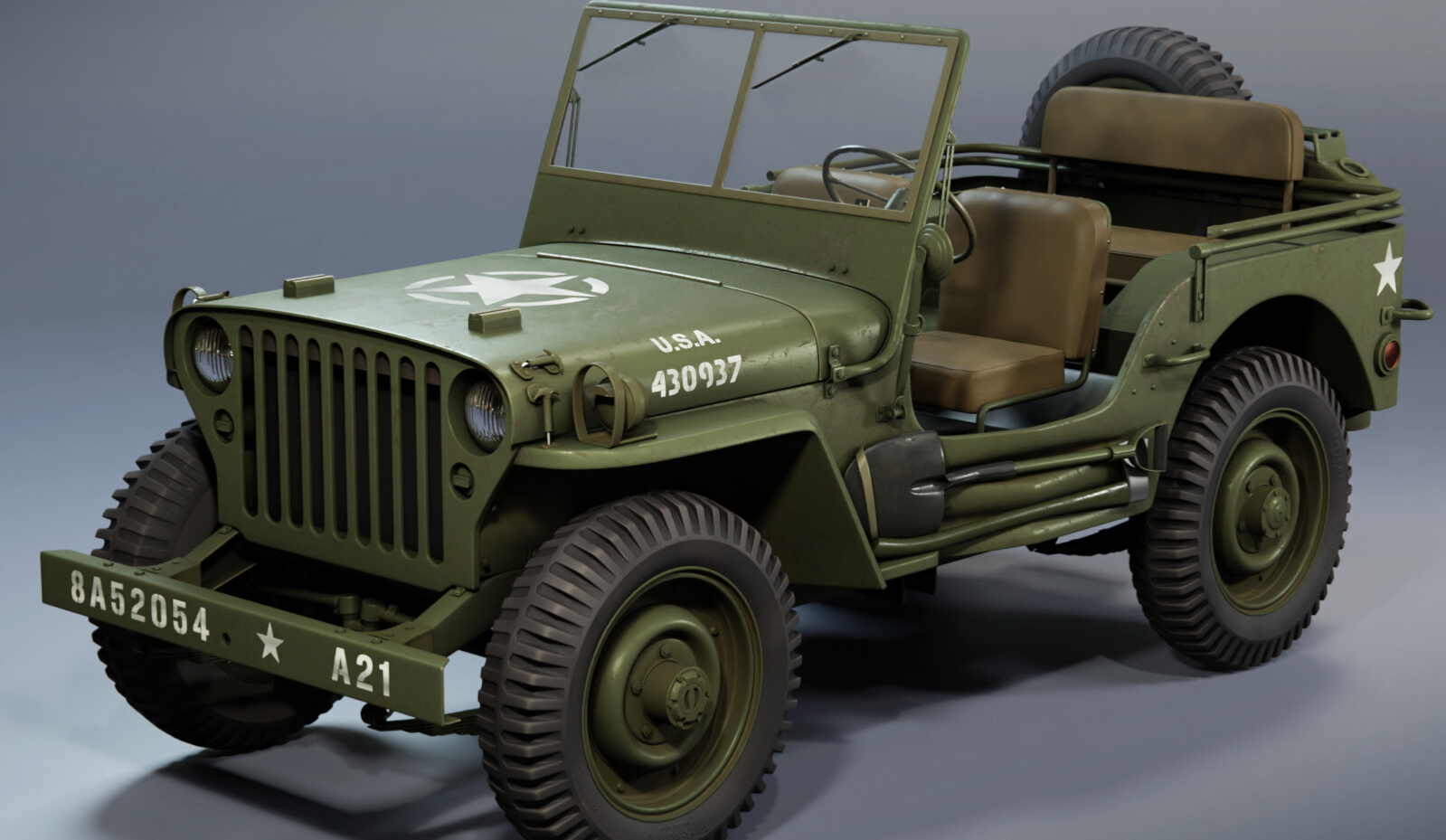The History of Jeep in South Africa
Jeep, an iconic brand synonymous with adventure and ruggedness, has a storied history in South Africa that parallels its global journey. Originally developed for military use during World War II, Jeep has transformed into a symbol of exploration and off-road capability. Its entry into the South African market and subsequent evolution reflect changing consumer preferences, economic shifts, and the country's unique landscape.
Early Years: Introduction and Military Roots
Jeep's origins can be traced back to 1941, when the Willys MB was designed for the U.S. Army. The vehicle's versatility and durability made it indispensable during the war. After World War II, surplus Jeeps flooded markets worldwide, including South Africa. The post-war years saw a growing interest in off-road vehicles among civilians, and the rugged nature of Jeep models quickly found favor among South African farmers, adventurers, and the burgeoning leisure market.
In the 1950s, Jeep began officially importing vehicles to South Africa. Models like the CJ-2A and CJ-5 were introduced, catering to consumers looking for reliable off-road capabilities. The Jeep brand began to build a reputation for durability and performance, appealing particularly to those in rural areas and industries that required robust vehicles.
The 1970s: Expansion and Local Assembly
The 1970s marked a significant shift for Jeep in South Africa. As demand for off-road vehicles surged, the brand began to expand its offerings. In 1971, the introduction of the Jeep Wagoneer added a family-oriented option to the lineup, combining luxury with ruggedness. This model attracted a new demographic of consumers who appreciated both comfort and capability.
To further penetrate the market, Jeep established local assembly operations in the late 1970s. This move not only helped reduce costs but also allowed Jeep to better respond to local consumer preferences. By assembling vehicles in South Africa, the brand could offer customized features and adaptations suited to the local terrain and climate.
The 1980s and 1990s: Challenges and Resilience
The 1980s and 1990s were turbulent years for Jeep, marked by economic fluctuations and changes in ownership. Chrysler acquired Jeep in 1987, which led to the introduction of new models and a stronger focus on branding. The Jeep Cherokee and Grand Cherokee, launched during this time, became particularly popular in South Africa, appealing to urban consumers seeking SUVs with off-road capabilities.
However, the political landscape in South Africa was changing, with the end of apartheid and the emergence of a new democratic government in the early 1990s. These shifts had significant implications for the automotive industry. Jeep adapted by enhancing its marketing strategies and focusing on lifestyle branding, promoting the adventurous spirit associated with its vehicles.
The 2000s: Modernization and New Models
The turn of the millennium saw Jeep embrace modernization and technological advancements. The introduction of the Jeep Wrangler in 2007 reaffirmed the brand’s commitment to its off-road heritage while incorporating contemporary features and safety technologies. This model resonated well with South African consumers, who valued both performance and innovation.
Jeep also expanded its product lineup to include models like the Compass and Patriot, appealing to a broader range of consumers. The marketing campaigns emphasized adventure, freedom, and exploration, aligning perfectly with South Africa's diverse landscapes, from rugged mountains to vast deserts.
Recent Years: Sustainability and New Horizons
In recent years, Jeep has made significant strides toward sustainability and innovation. The introduction of hybrid and electric models reflects the brand's commitment to adapting to global trends and consumer demands for eco-friendly vehicles. The Jeep Wrangler 4xe, a plug-in hybrid, debuted as part of this initiative, appealing to environmentally conscious consumers without compromising off-road capabilities.
Furthermore, Jeep has focused on enhancing customer experiences through dedicated dealerships and service centers across South Africa. The brand's participation in local events, off-road adventures, and community engagement initiatives has strengthened its connection with consumers and solidified its reputation as a lifestyle brand.
Conclusion: The Future of Jeep in South Africa
Today, Jeep continues to thrive in the South African market, with a legacy that spans decades. The brand's commitment to adventure, durability, and innovation resonates with a diverse consumer base that values both performance and lifestyle. As Jeep looks to the future, it remains well-positioned to navigate the evolving automotive landscape, embracing sustainability while maintaining its adventurous spirit.
The history of Jeep in South Africa is a testament to its adaptability and enduring appeal. From its military roots to its status as a symbol of exploration, Jeep's journey reflects the changing dynamics of both the automotive industry and the South African landscape. As it forges ahead, Jeep will undoubtedly continue to inspire generations of adventurers.









